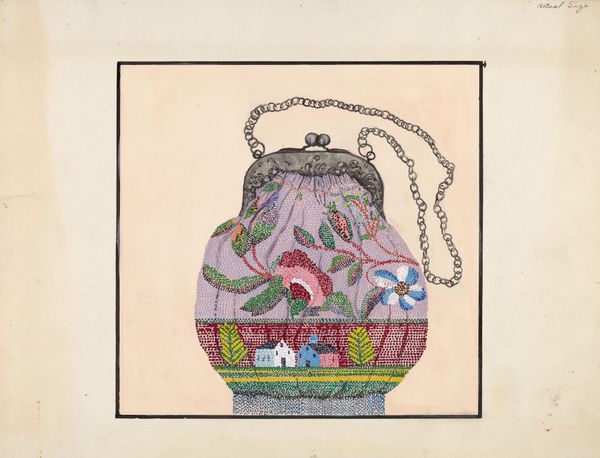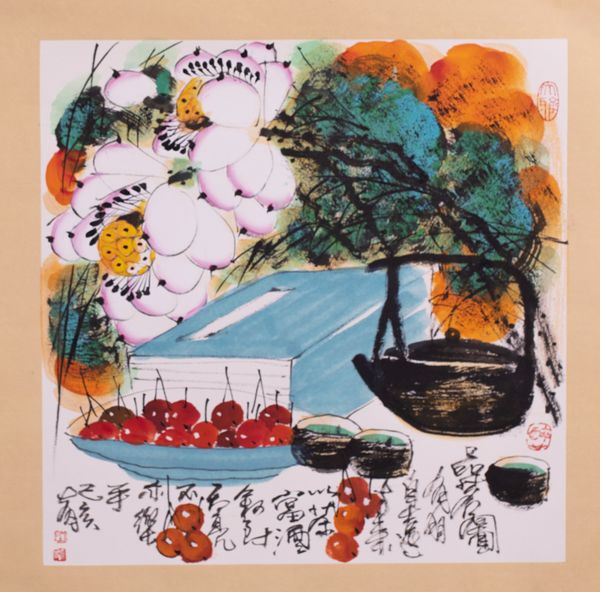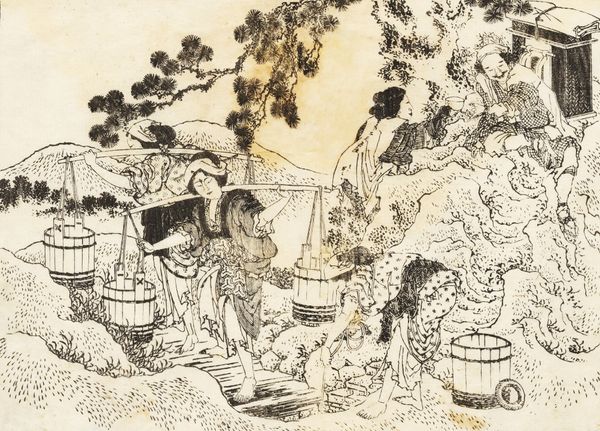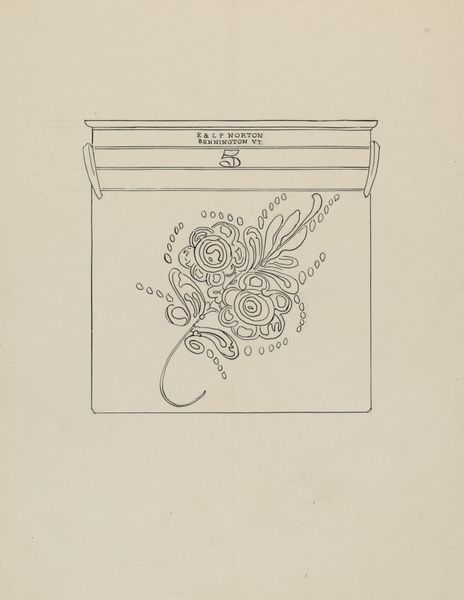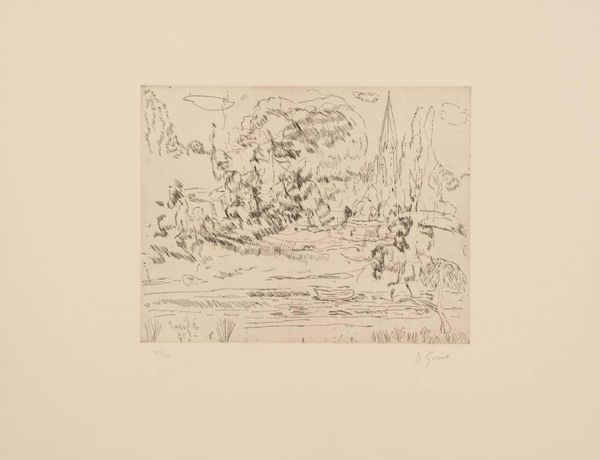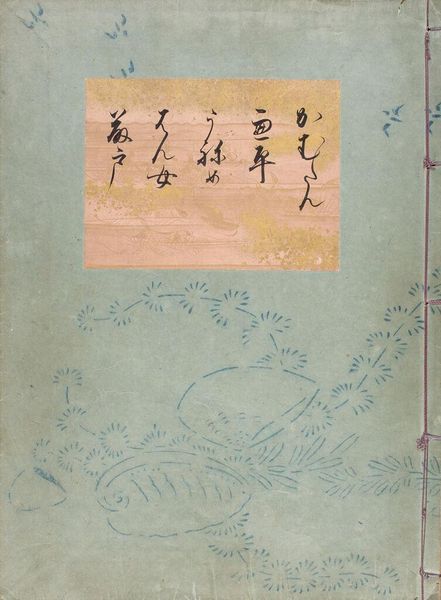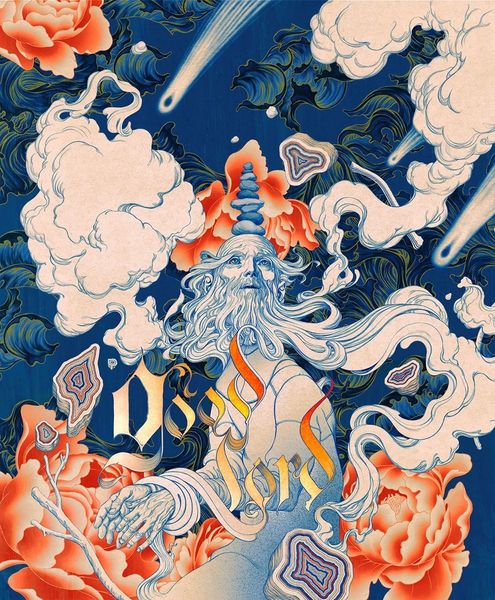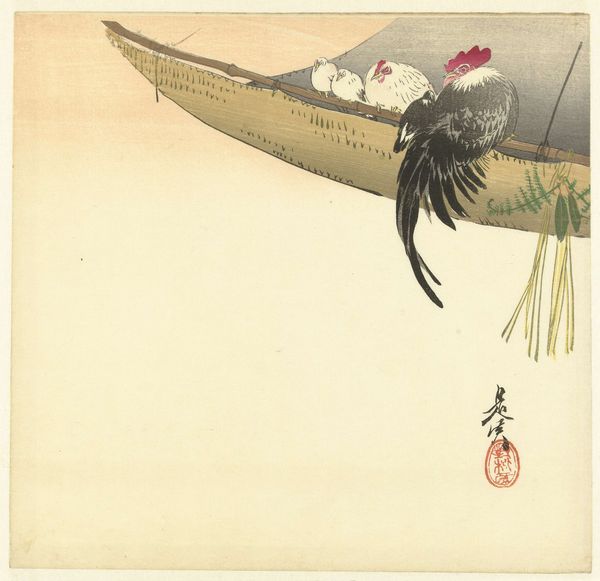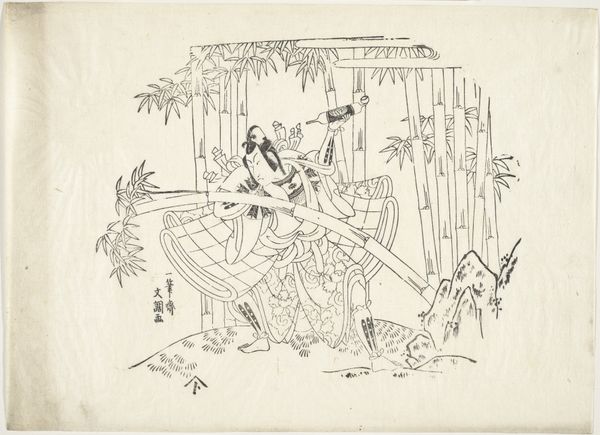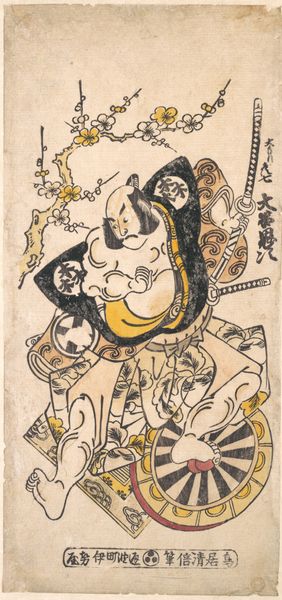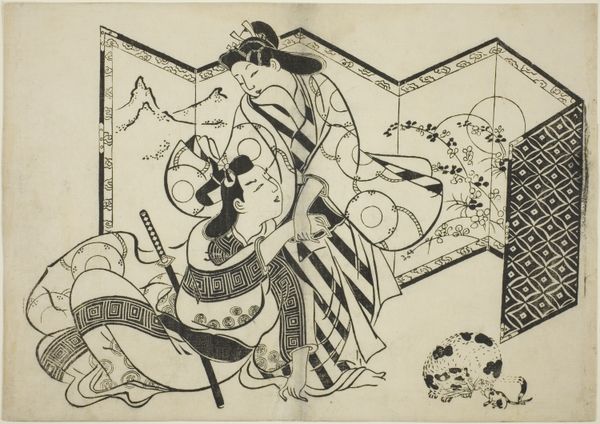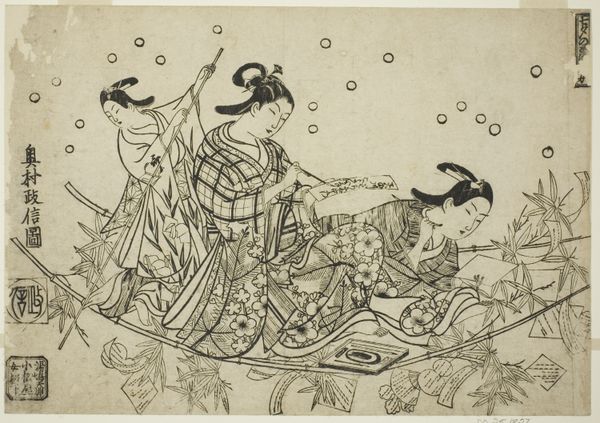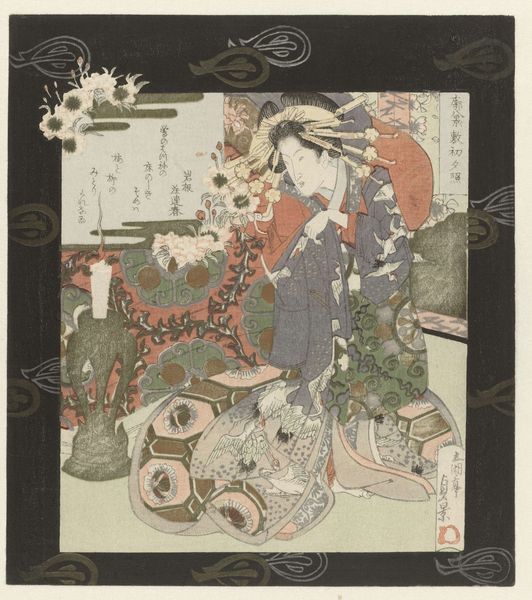
#
pen drawing
#
mechanical pen drawing
#
pen illustration
#
personal sketchbook
#
wedding around the world
#
pen-ink sketch
#
pen work
#
sketchbook drawing
#
storyboard and sketchbook work
#
sketchbook art
Dimensions: height 239 mm, width 250 mm
Copyright: Rijks Museum: Open Domain
Editor: Here we have Shibata Zeshin’s “Zeven zeezieke geluksgoden,” created around 1887-1888. It's a pen drawing, seemingly simple, but the expressions on these deities are fascinating. They look... uncomfortable, like they're regretting something. What do you see in this piece? Curator: Beyond the initial humorous observation, this image speaks volumes about the shifting cultural and economic landscape of Japan during the late 19th century. Consider the Seven Lucky Gods themselves – symbols of prosperity, longevity, and happiness. To depict them as "seasick" undermines their inherent power. Why do you think Zeshin, in this period, chooses to portray them this way? Editor: Perhaps a critique of tradition in a rapidly modernizing Japan? Like, these gods, representing old values, are now struggling to stay afloat in the new waves of Western influence? Curator: Precisely. The Meiji Restoration aimed to modernize Japan, often at the expense of traditional beliefs. Think about the rise of capitalism, industrialization, and Westernization during that era. This drawing isn’t just about seasickness; it’s a commentary on the anxieties of a nation grappling with its identity, pressured by external forces. The deities’ expressions become symbolic of Japan’s own cultural vertigo. How might this relate to contemporary discussions around cultural appropriation or the preservation of heritage in a globalized world? Editor: Wow, I hadn't considered it in that light. I was so focused on the surface-level humor. Thinking about it now, it’s like a visual representation of the push and pull between honoring tradition and embracing change. Curator: Exactly! Art can reflect a period’s anxieties. Editor: This reframes how I see art—as active conversations about history, identity and power. Thanks! Curator: My pleasure! And keep that curiosity alive; there are more hidden conversations waiting to be found!
Comments
No comments
Be the first to comment and join the conversation on the ultimate creative platform.
